RAISING ANIMALS BY THE MOON
Practical Advice on Breeding, Birthing, Weaning, and Raising Animals in Harmony with Nature
LOUISE RIOTTE

The mission of Storey Publishing is to serve our customers by publishing practical information that encourages personal independence in harmony with the environment.



Edited by Julia Needham and Doris Troy
Cover design by Carol Jessop, Black Trout Design
Text design by Mark Tomasi and Erin Lincourt
Production by Erin Lincourt
Production assistance by Elizabeth Collier and Jennifer Jepson Smith
Line drawings by Elayne Sears
Indexed by Susan Olason, Indexes & Knowledge Maps



1999 by Louise Riotte
All rights reserved. No part of this book may be reproduced without written permission from the publisher, except by a reviewer who may quote brief passages or reproduce illustrations in a review with appropriate credits; nor may any part of this book be reproduced, stored in a retrieval system, or transmitted in any form or by any means electronic, mechanical, photocopying, recording, or other without written permission from the publisher.
The information in this book is true and complete to the best of our knowledge. All recommendations are made without guarantee on the part of the author or Storey Publishing. The author and publisher disclaim any liability in connection with the use of this information. For additional information, please contact Storey Publishing, 210 MASS MoCA Way, North Adams, MA 01247.
Storey books are available for special premium and promotional uses and for customized editions. For further information, please call 1-800-793-9396.
Printed in the United States by Lightning Source
10 9 8 7 6 5 4 3 2
Library of Congress Cataloging-in-Publication Data
Riotte, Louise.
Raising animals by the moon : practical advice on breeding, birthing, weaning, and
raising animals in harmony with nature / Louise Riotte.
p. cm.
Includes index.
ISBN 978-1-58017-068-0
1. Animal cultureMiscellanea. 2. Astrology. I. Title.
BF1728.3 .R565 1999
636 21dc21
99-042376

Astrology is not paganism or witchcraft,
nor is it a religion. But astrology and religion
are comfortable with each other. God made the
sun, moon, and stars; why should we not
be guided by His creations?
Louise Riotte
19091998
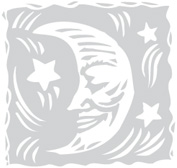
CHAPTER 1
COSMIC CLOCKS OF FUR, FIN, AND FEATHER
There shall be Signs in the Sun,
and in the Moon, and in the Stars.
Luke 21:25
Astrology is the science concerning the influence on earthly affairs of cosmic forces emanating from celestial bodies. And please let me stress my belief that knowledge of the celestial forces that govern the terrestrial sphere is true science, and the validity of astrology has never been disproved. Furthermore, science today is finding ample evidence to confirm many of the ancient beliefs and so-called superstitions. Astrology is not astromancy, which is fortune-telling. Do not ever confuse the two.
THE ZODIAC
All astrological considerations are based on the geocentric (having Earth as a center) position of the planets, on the theory that astrology is concerned with planetary motions only as they affect Earth. (See Resources for the annual astrological calendar from Llewellyn Publications, which is calculated, gives time changes for each section of the United States, and also tells how to alter the time for places outside the continental United States.)
The origins of both the calendar and the zodiac are almost inextricably woven together. Early humans had need of a time-measuring device and the conception of a zodiac was of immense help.
The word zodiac is commonly known but few among us can explain just exactly what it means. The word itself comes from the ancient Greek zodiskos, meaning (a circle) of animals. Why, where, and when the animals were chosen is itself a fascinating story, but, alas, too lengthy to enter into here. What we are concerned with primarily is the practical, useful aspects of the zodiac and not its history.
The zodiac is a circle of 12 constellations, each of exactly 30 degrees, lying along the path of the sun. It is a tool by which the positions of the sun, moon, and planets can be measured.
Earth, rotating around the sun, is tipped at an angle of 2327 to the horizontal, thus producing the alternating phenomena of summer and winter. Half of the zodiac lies to the north of the (celestial) equator and half to the south.
Nevertheless, as a circle has no beginning, early humans had to ordain a beginning from which celestial phenomena could be measured. Today this seems to be most readily provided by the equator, considered to be a great circle in the sky lying directly over Earths equator.
It has been customary for centuries in the West to begin the zodiac from the vernal (spring) equinox. This equinox is the point at which the sun appears to cross the equator from south to north. This event occurs annually on March 20, 21, or 22. However, the equinox does not occur in exactly the same spot two years in succession. Instead, its place slowly rotates around the sky, taking about 25,800 years to complete the circuit. Astrologers call this phenomenon the Precession of the Equinoxes.
In consequence, the beginning of the (tropical) zodiac, generally known as the First Point of Aries, also moves slowly backward around the sky at the same pace, amounting to 50 seconds of arc annually. Normally measured from the First Point of Aries, the zodiac is a moving one, just as the equinoxes and solstices are moving points, recording astronomical events that never take place in exactly the same point on the suns path for two years in a row.
THE SIGNS
There are 12 signs in astrology, and, as it circulates through the sky, the moon passes through each of them in succession. These 12 signs are:

Zodiac
 Aries, March 21 to April 19, ruled by Mars: A movable, fiery, barren, masculine sign. Governs head and face.
Aries, March 21 to April 19, ruled by Mars: A movable, fiery, barren, masculine sign. Governs head and face.
 Taurus, April 20 to May 20, ruled by Venus: A fixed, semi-fruitful, earthly, feminine sign. Governs throat and neck.
Taurus, April 20 to May 20, ruled by Venus: A fixed, semi-fruitful, earthly, feminine sign. Governs throat and neck.
 Gemini, May 21 to June 20,
Gemini, May 21 to June 20,



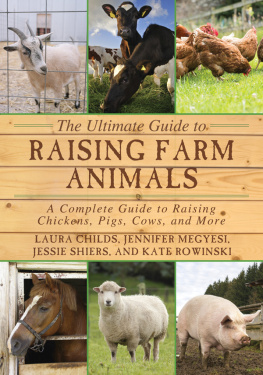

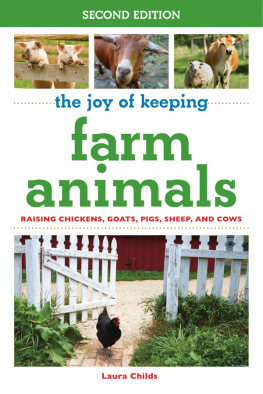
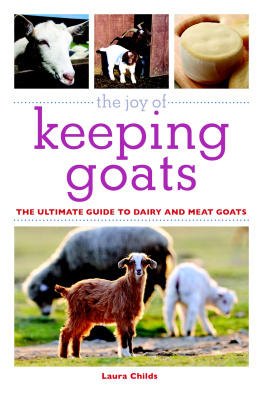
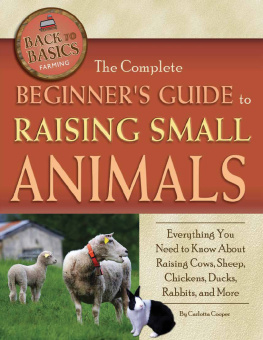





 Aries, March 21 to April 19, ruled by Mars: A movable, fiery, barren, masculine sign. Governs head and face.
Aries, March 21 to April 19, ruled by Mars: A movable, fiery, barren, masculine sign. Governs head and face. Taurus, April 20 to May 20, ruled by Venus: A fixed, semi-fruitful, earthly, feminine sign. Governs throat and neck.
Taurus, April 20 to May 20, ruled by Venus: A fixed, semi-fruitful, earthly, feminine sign. Governs throat and neck. Gemini, May 21 to June 20,
Gemini, May 21 to June 20,